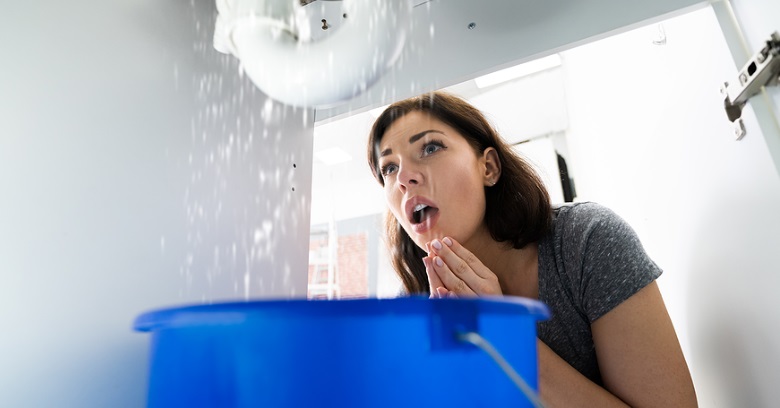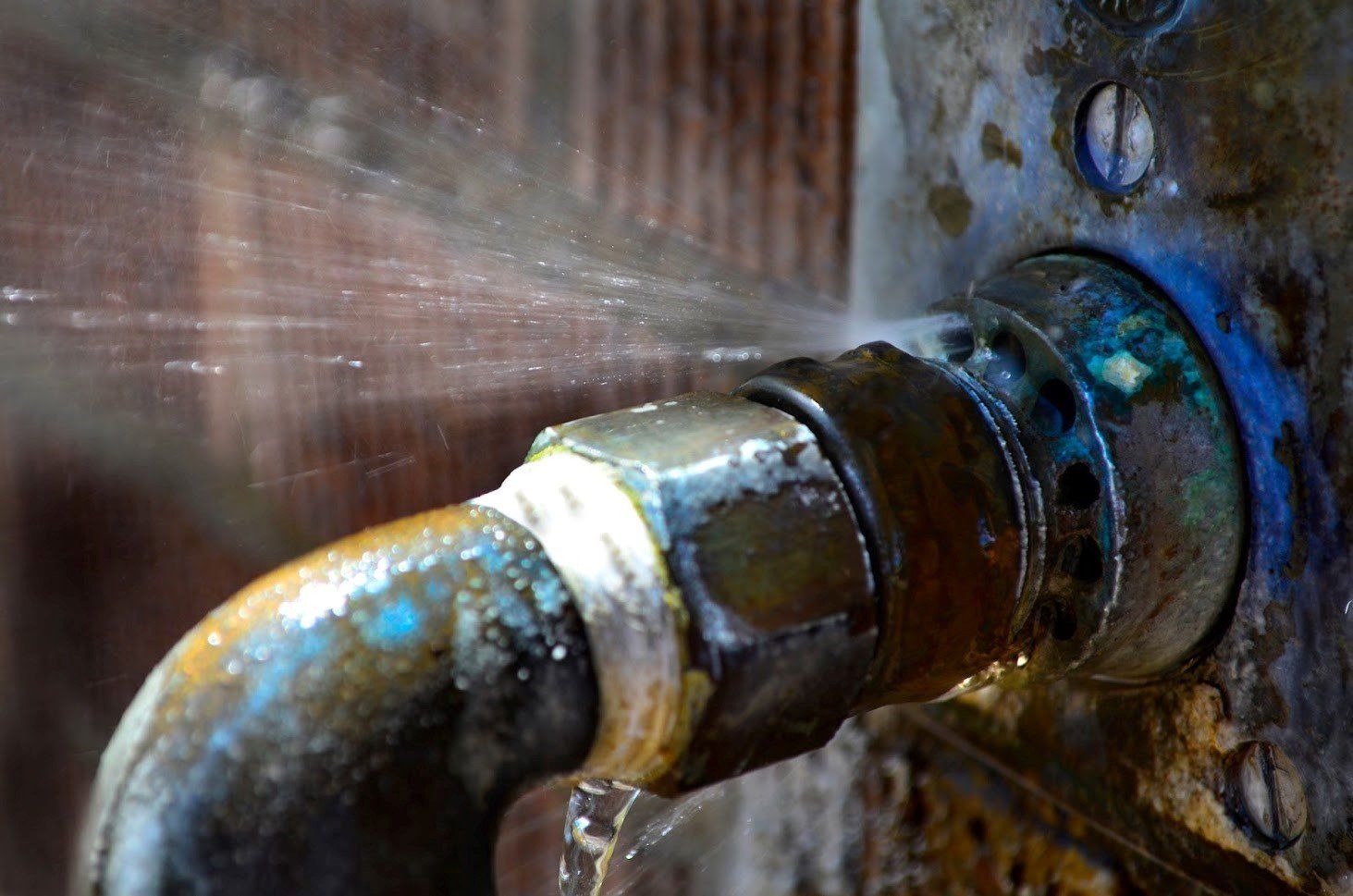Every person has got their own piece of advice involving What to Know Before Installing a Dishwasher.

A burst pipe is a major emergency; you can only stand as you enjoy water you pay very much to reunite with the earth. In even worse situations, you observe a swimming pool on your cooking area flooring, which is a great journey risk, specifically if you have children around. If the pipeline that burst remained in your walls, bad news: you may require to paint that whole area.
Exactly how can a catastrophe like a burst pipeline be prevented and also taken care of? Well, by listening to your specialist emergency plumbers and also complying with these guidelines.
Just how do I understand when my pipelines have ruptured?
Rising and fall water pressures
Pipes do not simply burst in a day. You might have seen that your kitchen tap or shower doesn't run immediately when you turn the tap. It might stop for a couple of secs and then blast you with more force than typical.
In other instances, the water may seem typical at first, then decrease in pressure after a few seconds.
Polluted water
Many people assume a ruptured pipeline is a one-way electrical outlet. Rather the contrary. As water drains of the hole or tear in your plumbing system, impurities discover their way in.
Your water may be contaminated from the source, so if you can, inspect if your water storage tank has any problems. Nevertheless, if your drinking water is supplied and also purified by the local government, you should call your plumber instantly if you see or scent anything funny in your water.
Puddles under pipes and sinks
When a pipeline bursts, the outflow develops a pool. It may show up that the puddle is expanding in size, and no matter the number of times you wipe the pool, in a few minutes, there's another one waiting to be cleansed. Typically, you might not have the ability to map the pool to any kind of noticeable pipelines. This is a sign to call an expert plumber.
Wet wall surfaces and water stains
Before a pipe bursts, it will certainly leak, a lot of times. If this consistent leaking goes unnoticed, the leak might graduate into a broad laceration in your pipe. One simple means to avoid this emergency is to watch out for wet wall surfaces ad water discolorations. These water spots will certainly lead you right to the leakage.
Untraceable leaking noises
Pipeline bursts can take place in the most unpleasant locations, like within concrete, inside walls, or under sinks. When the house goes quiet, you may have the ability to hear an annoyingly persistent dripping sound. Even after you've checked your shower head and also kitchen faucet, the leaking may proceed.
Dear viewers, the leaking may be coming from a pipe inside your walls. There isn't much you can do about that, except inform a specialist plumber.
Show up the Warmth
Set up followers to blow warmth right into chilly rooms. Maintain the garage door shut. If you have lowered water circulation, warmth one of the most vulnerable pipelines (generally in cellars and crawl spaces or near exterior wall surfaces) with a hair dryer. Leave the faucet on while you use warmth. As you thaw ice, the circulation will increase. To avoid pipes from freezing, shield your walls.
Start Removing the Water
Get hold of the mop, pails as well as a store vacuum cleaner to start to eliminate the water because you absolutely don't desire it soaking right into every little thing else in the house. Plus, a quick tidy up will minimize the chances of something getting moldy.
What do I do when I spot a ruptured pipe?
Your water meter will continue to run also while your water wastes. To minimize your losses, discover the major controls and also turn the supply off. The water mains are an above-ground structure beside your building.
How to Fix & Detect a Leaking Pipe
How Do I Know if a Pipe is Leaking?
Leak detection tests can help you determine if your pipe has a leak. Even if you don’t see an apparent leak, you should still conduct leak detection tests regularly to save water and money—and prevent major damage to your home.
Water meter. It can be helpful to figure out what your usual water meter usage numbers are and then monitor them regularly. To monitor your meter, first, turn off all water faucets in your home. Check the meter and write down the numbers. In a few hours, check the meter again. If the numbers have changed, you have a leak. Water gauge. Use a water gauge to test your water pressure. Your showerhead should produce a certain amount of water pressure based on its model and design. If the pressure is lower than it is supposed to be for that specific showerhead, your home likely has a leak. Puddles. Look inside your bathroom, laundry, and kitchen sink cabinets. Puddles around the cabinets or around toilets, tubs, showers, and washing machines indicate the presence of a leaking pipe. You may also notice loose tiles, peeling or flaking paint, or mold caused by water accumulation. Napkin test. Even if you don’t see any puddles, you may still have a leak. You can test for water leaks in the bathroom, laundry, and kitchen by wiping below-sink connections with a napkin, paper towel, or piece of toilet paper. If it becomes damp, you probably have a leaking pipe under the sink. Discolored walls. Walls that are discolored—usually with brown or yellow stains—or bulging might mean that they have been impacted by water damage caused by a leaking pipe. Smell. A leaky pipe will create sitting water, and over time, that water may develop a musty smell. If your home smells musty, but you can’t locate the source, it may be due to a leak. Steps for Fixing a Leaking Pipe
A leaky drain can be remedied by tightening the pipe base, replacing the drain seal, caulking the rim, and tightening the pipe nut. Similarly, a leaking toilet pipe can be treated by tightening the packing nut. You may also need to replace the valve. A leaky faucet may just need tightening or replacement of the washers. If that doesn’t work, consider replacing your faucet. If your pipe has a hole in it, you may want to use a pipe leak sealer or pipe leak tape. This quick fix for water pipe leaks can also temporarily fix a copper pipe leak. https://www.ahs.com/home-matters/quick-tips/how-to-tell-if-pipes-are-leaking/

As a passionate reader on How to Install and Connect a New Dishwasher, I think sharing that excerpt was essential. Feel free to take the time to share this write-up if you enjoyed reading it. I treasure reading our article about What to Know Before Installing a Dishwasher.
Visit Homepage